1942 Dated - "Operation Torch" 1st Rangers Amphibious Landing - 'Arzew' Invasion Map

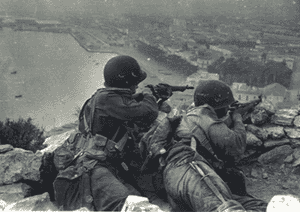

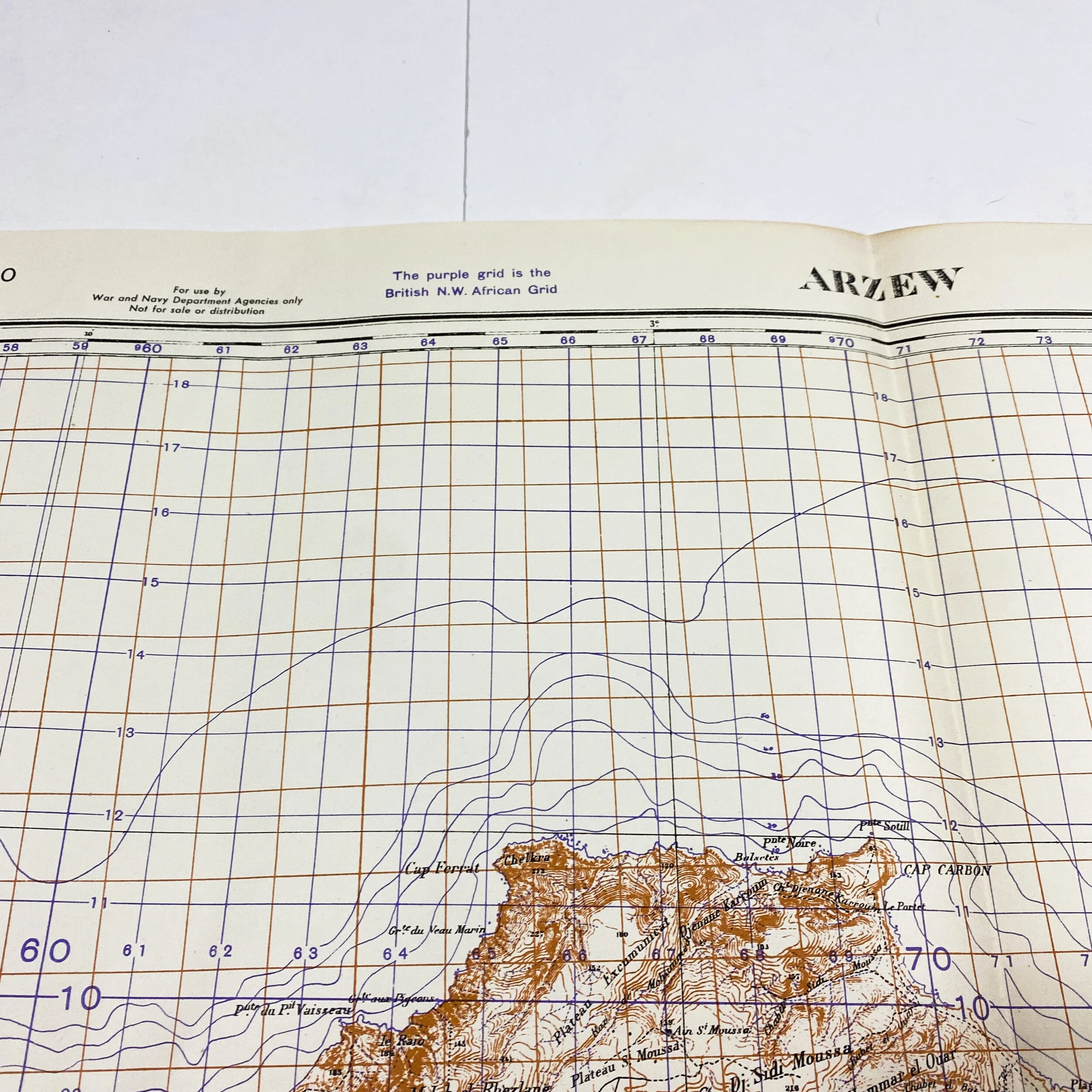





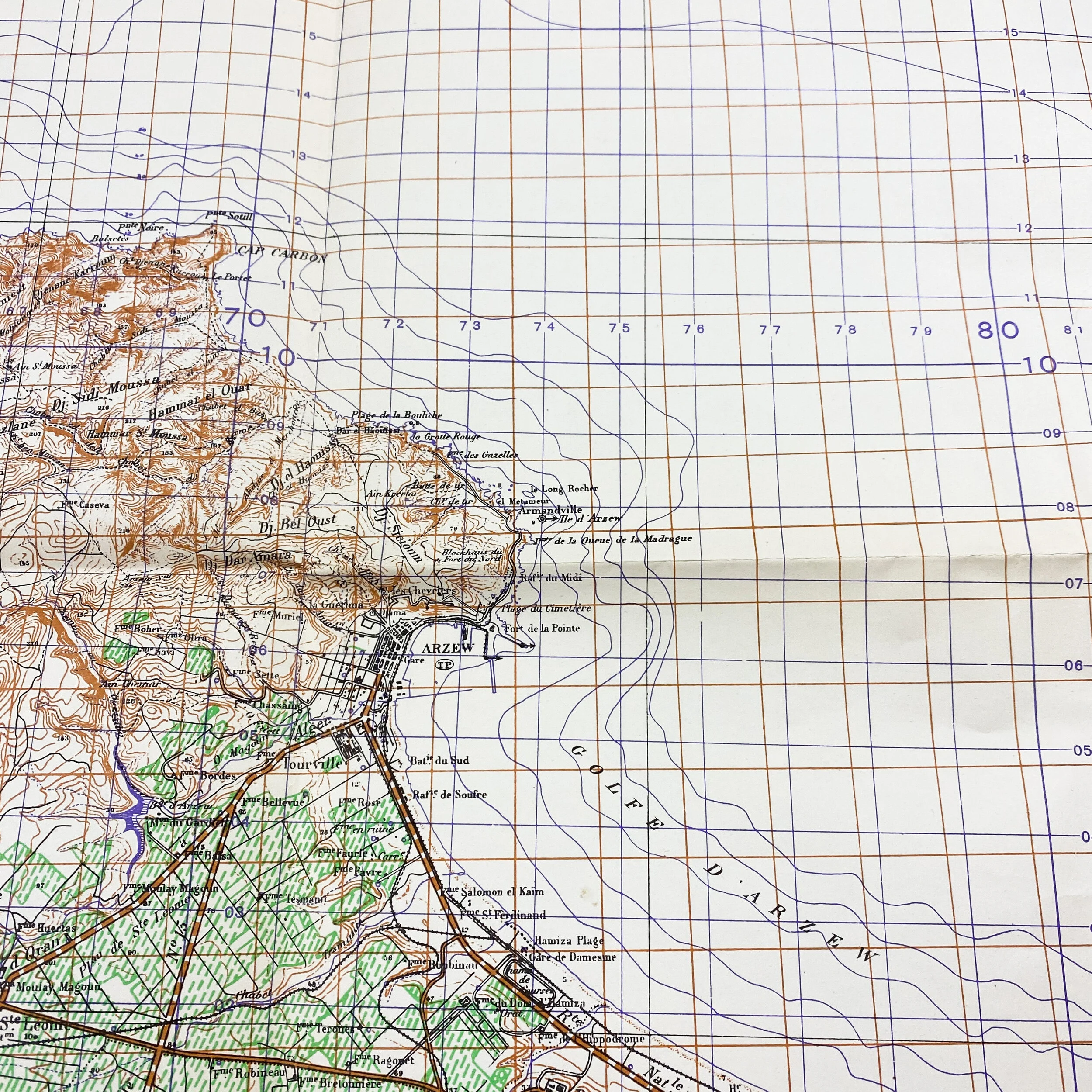
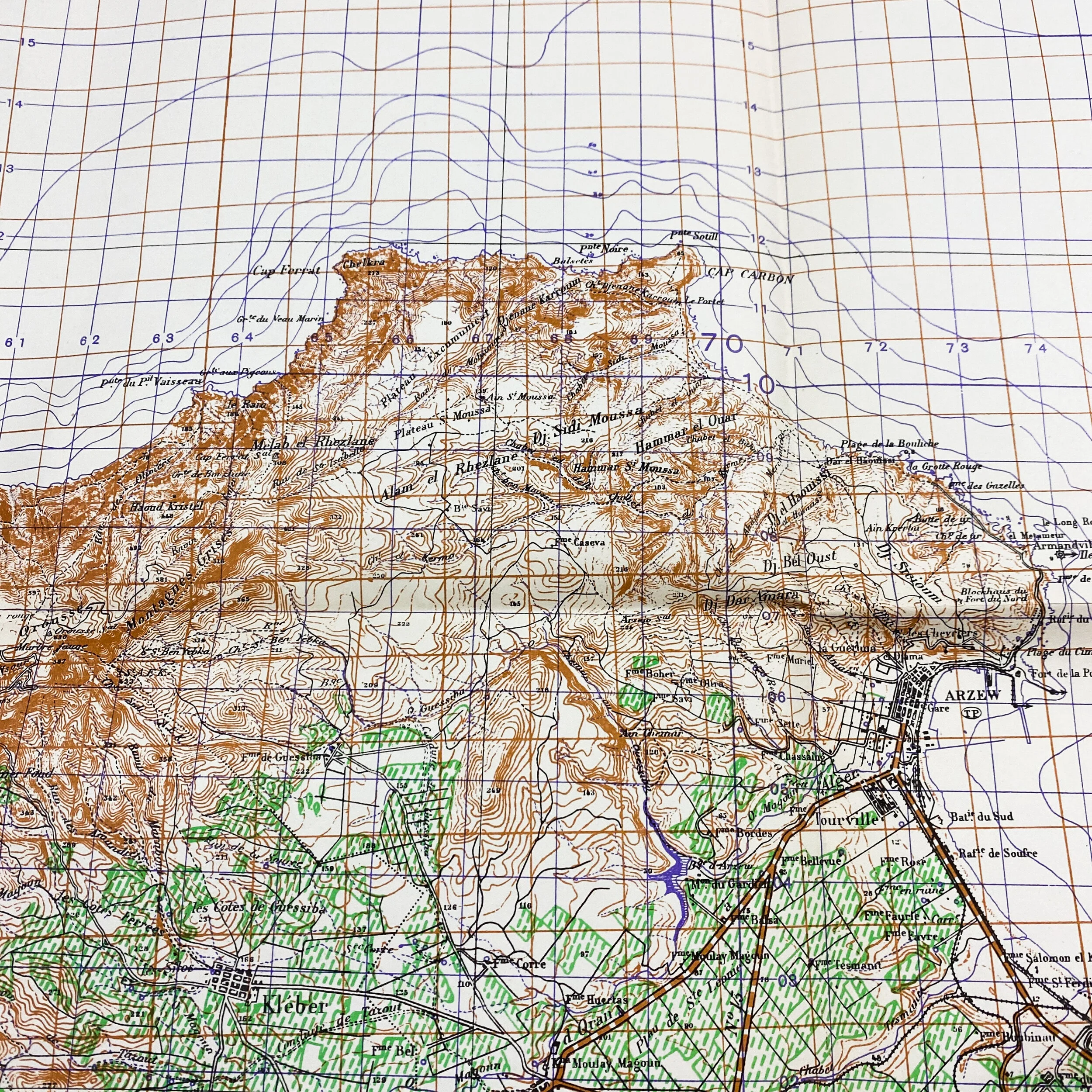







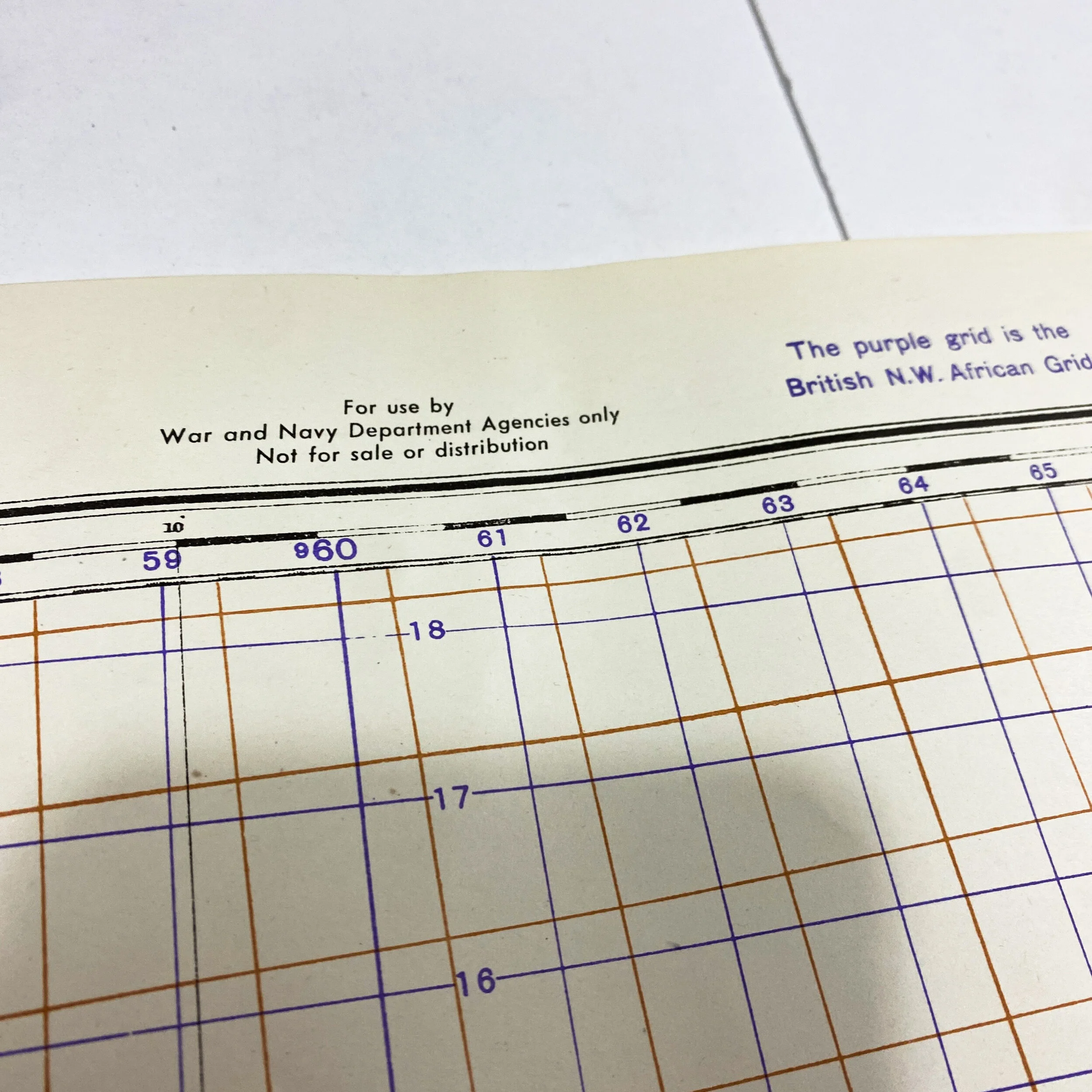


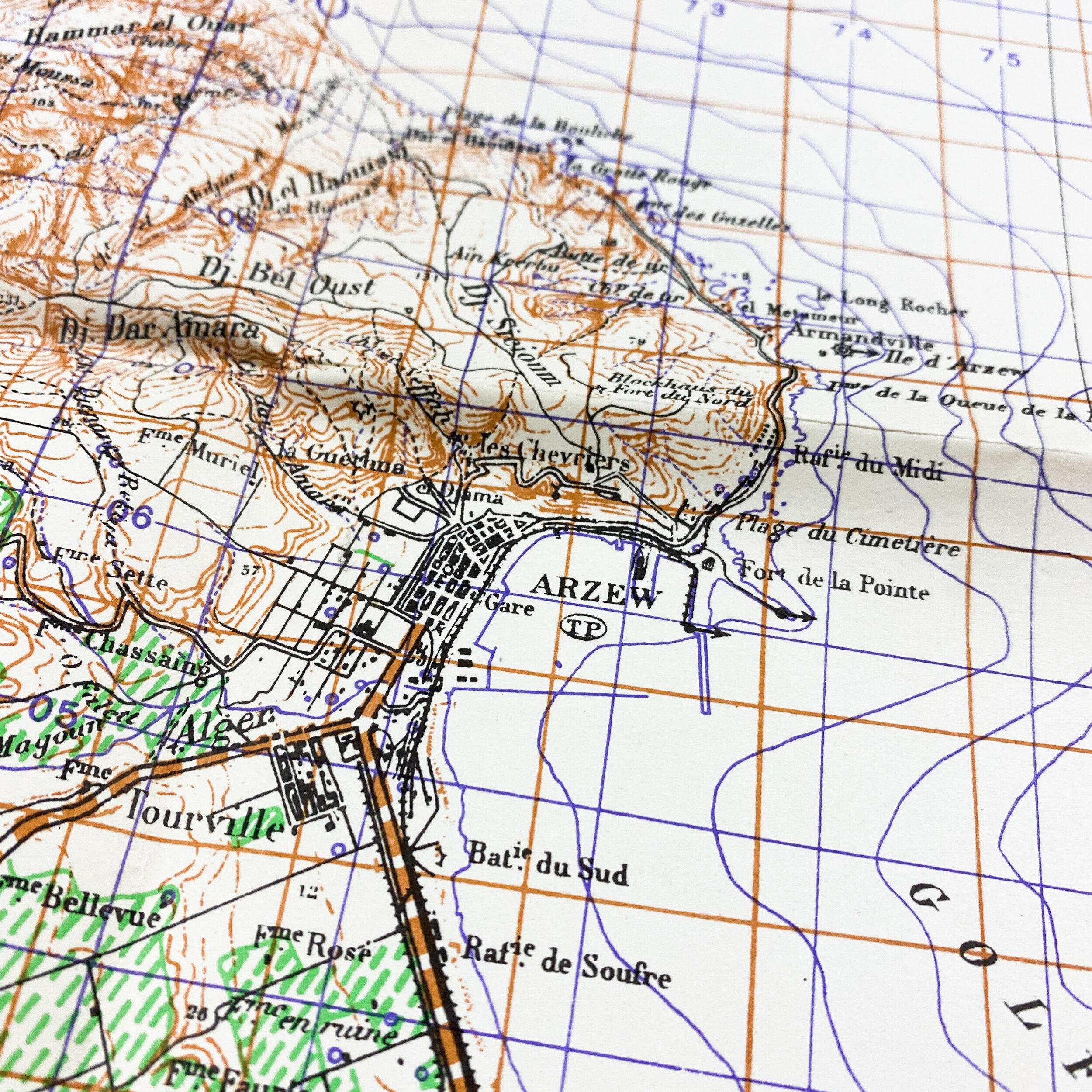

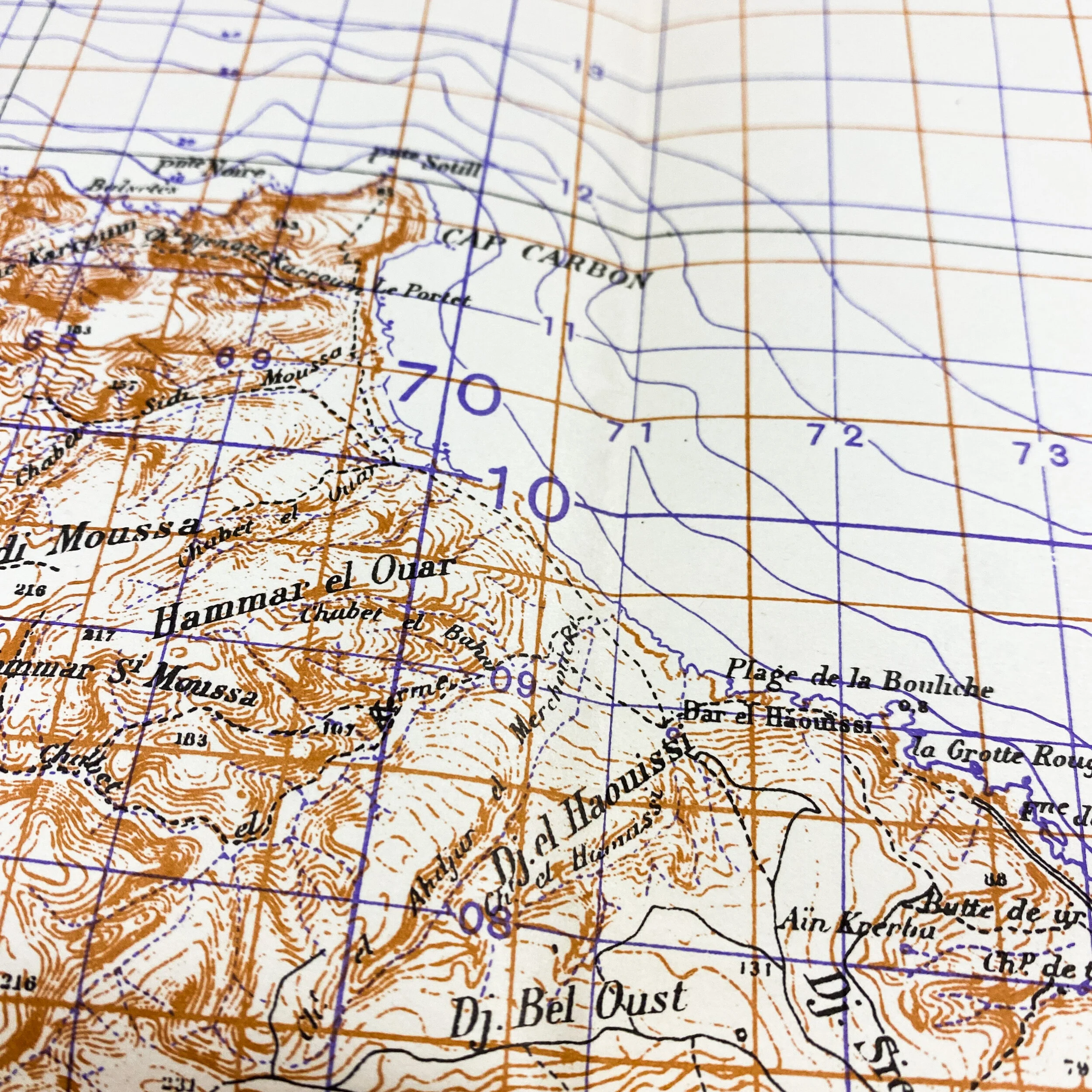
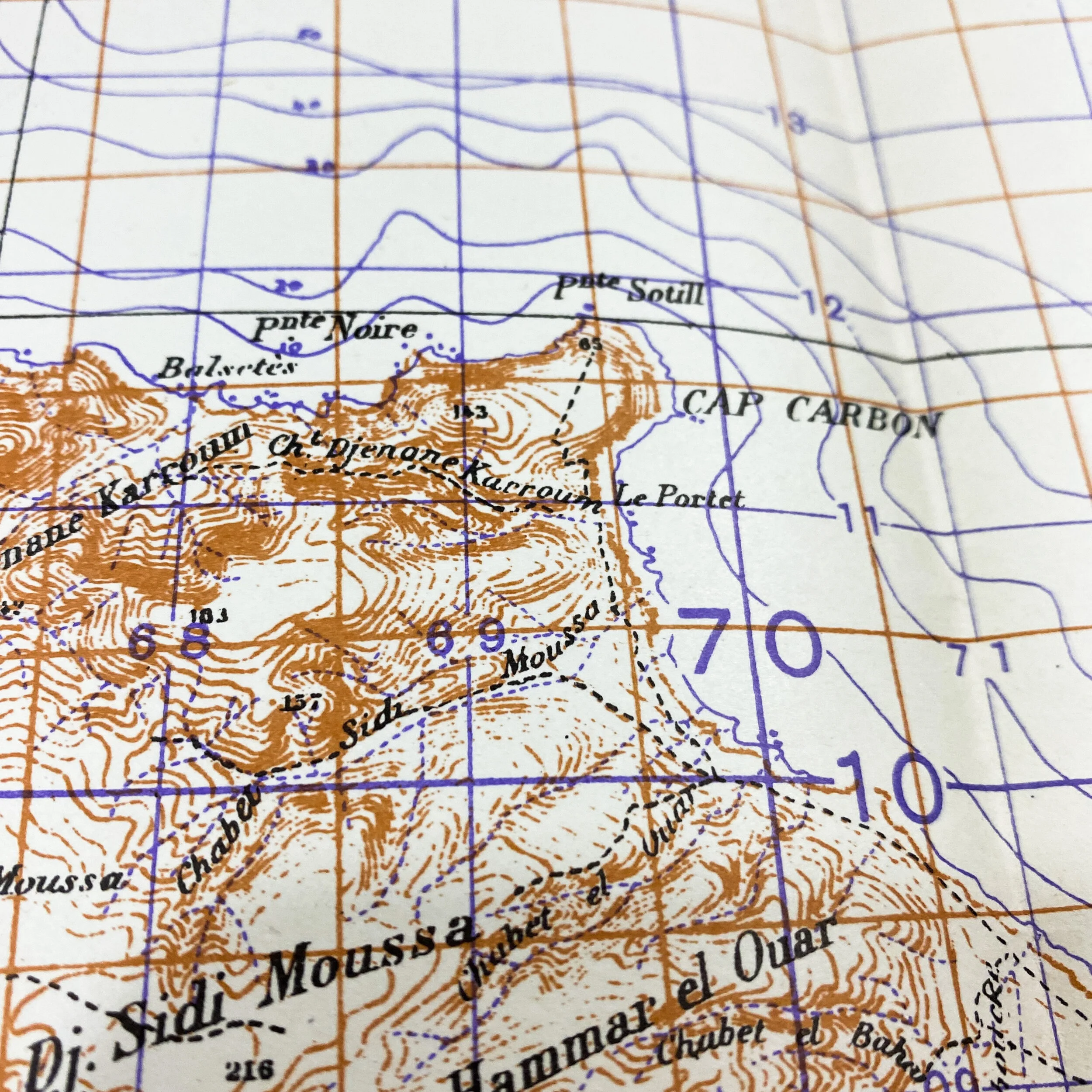



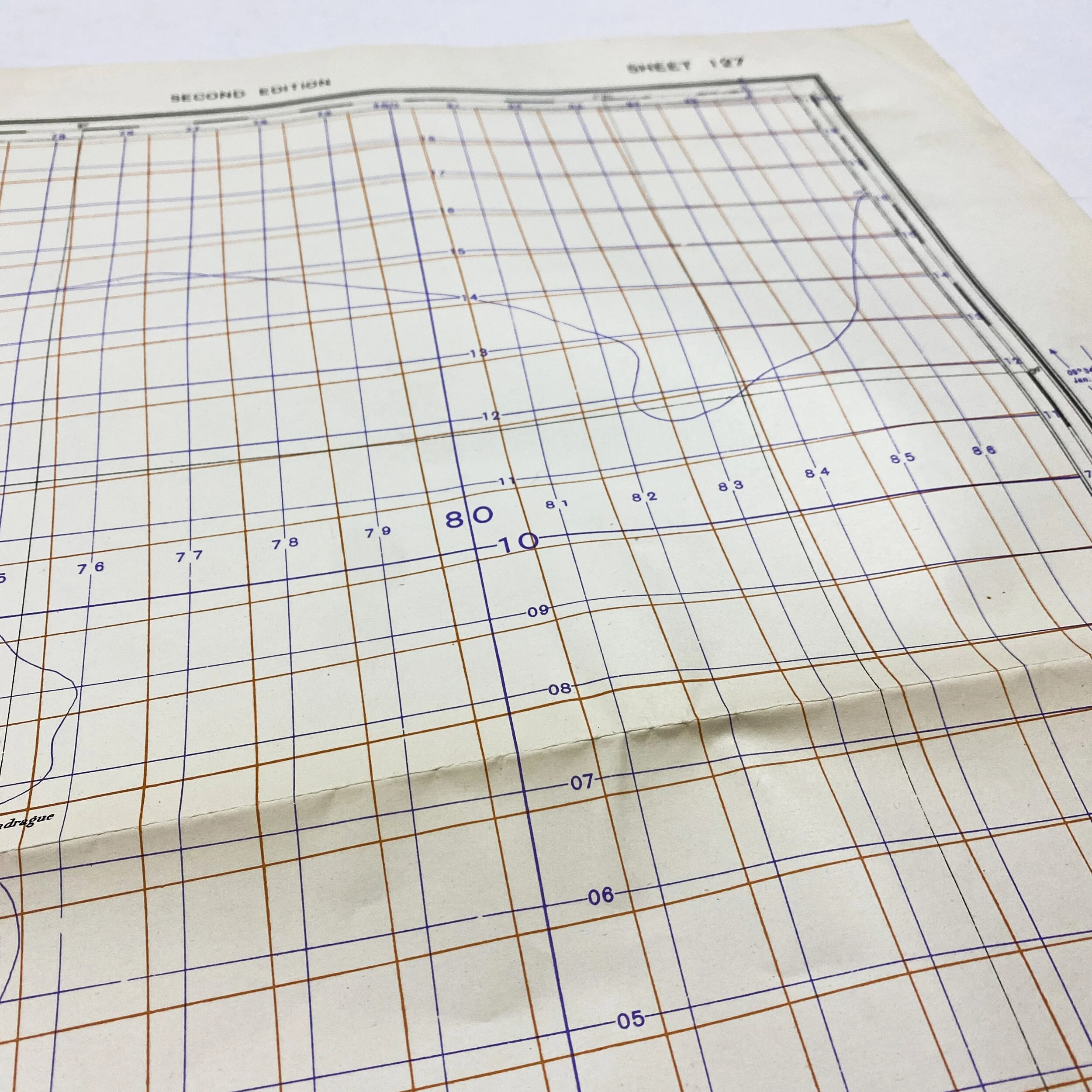

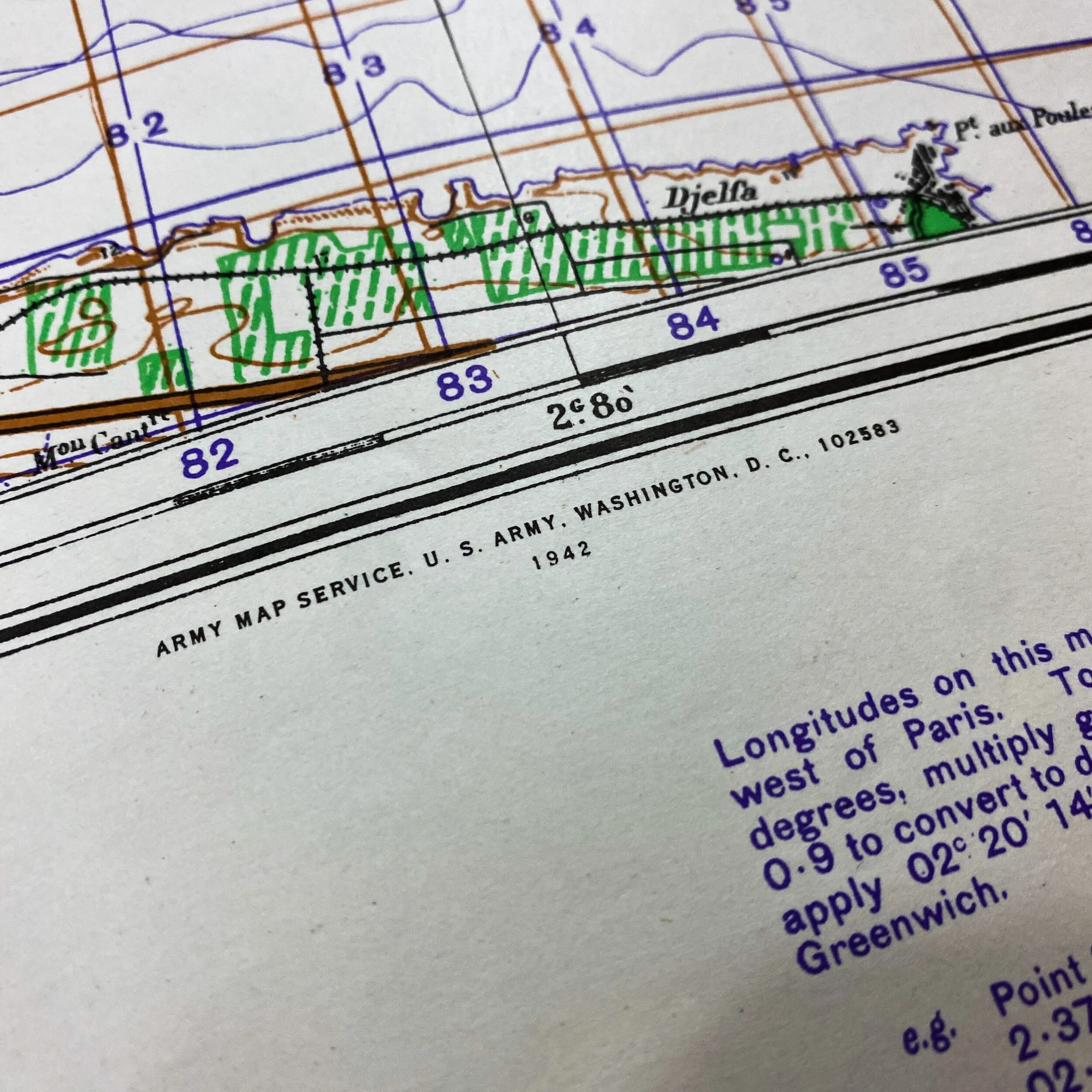
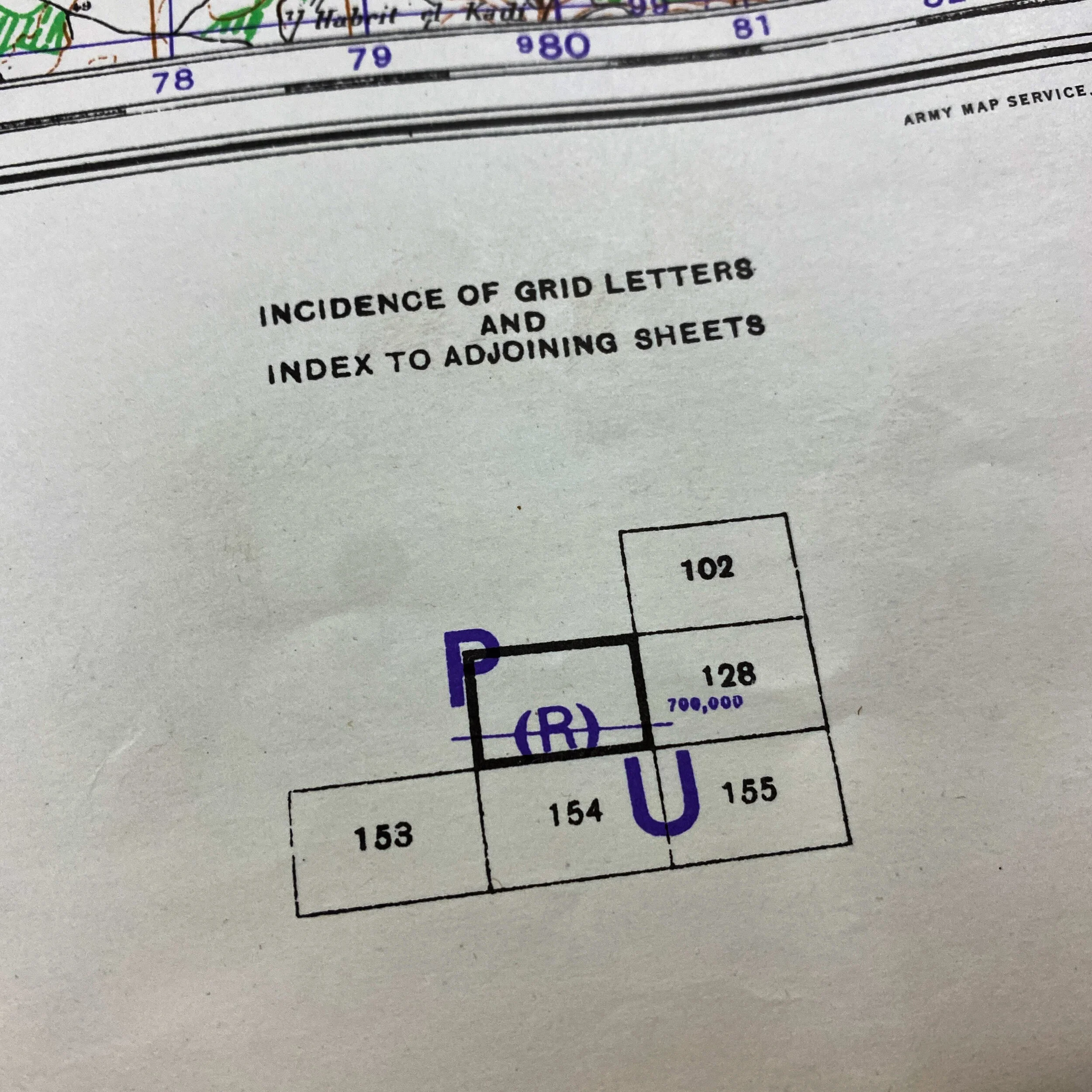

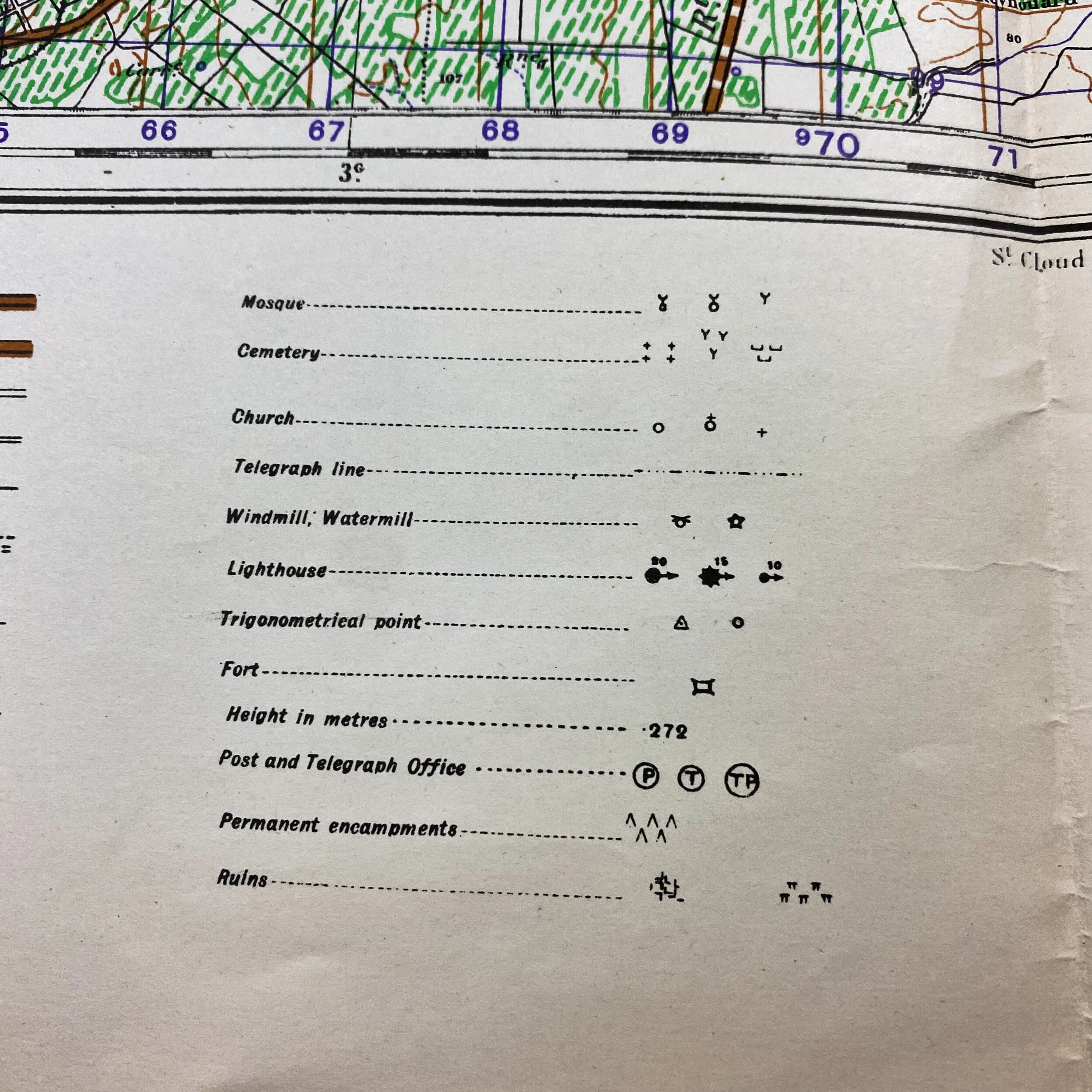
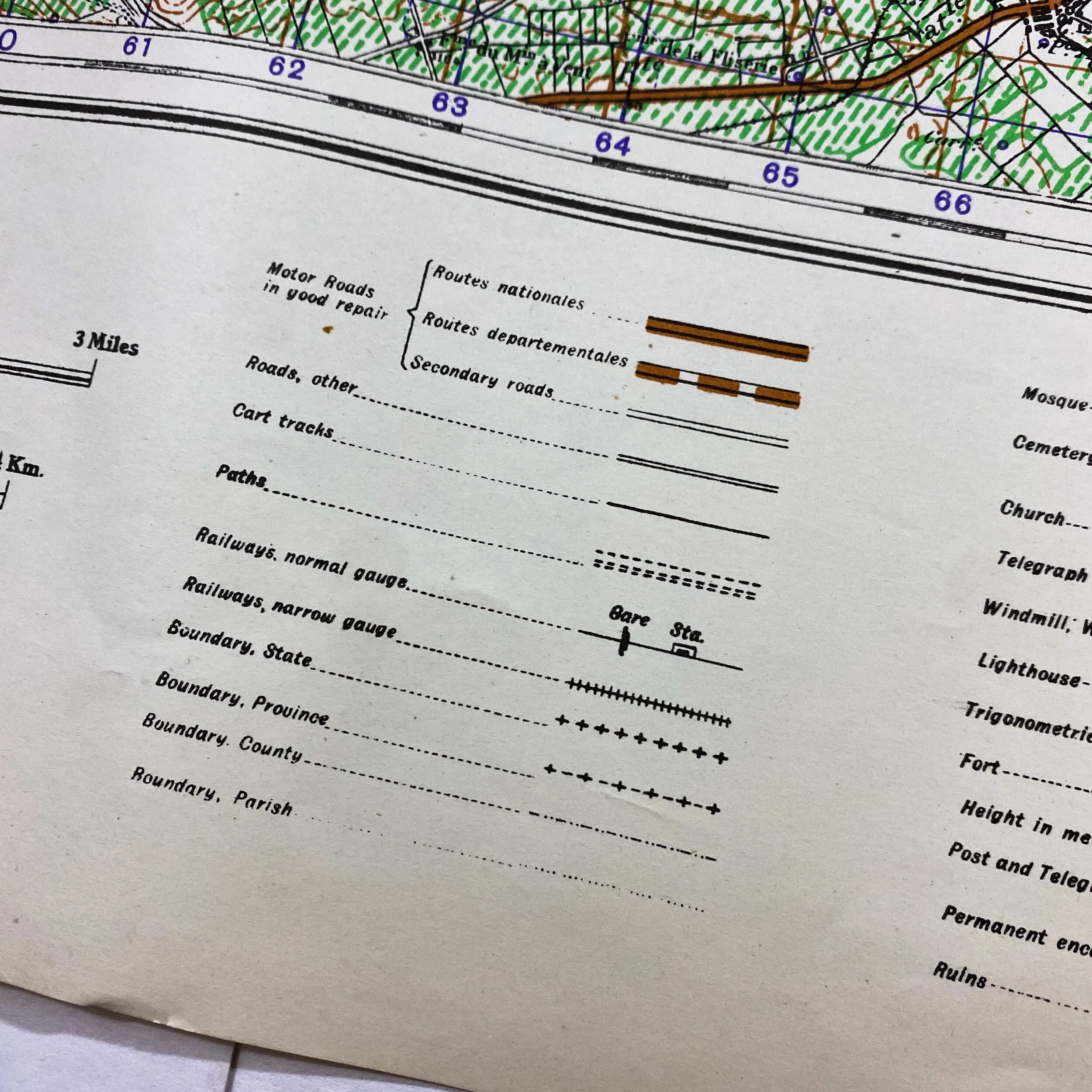



1942 Dated - "Operation Torch" 1st Rangers Amphibious Landing - 'Arzew' Invasion Map
Size: 22 x 30 inches
This original ‘second edition’ 1942 dated ‘Algeria’ map titled "Arzew” shows the coastal region of one of the most infamous amphibious landings of Operation Torch executed by the 1st Rangers. Operation Torch was the codename for the Allied invasion of North Africa. It was designed to end the German presence on that continent. This invasion marked the first battle experience as a battalion for the 1st Rangers, as an independent American unit. The 1st Ranger Battalion spearheaded Operation TORCH, the Allied invasion of North Africa in November 1942. The battalion conducted a night landing with LCAs (landing craft–assault) at the Algerian port of Arzew on November 8th, 1942. At about 0100 hours, the landing craft carrying two Ranger companies (A and B) under the battalion executive officer, Major Herman Dammer, stealthily entered the inner harbor. As the landing craft touched the dock, the Rangers jumped out and ran down the quay, directly into an attack of Fort de la Pointe. In about fifteen minutes, “Dammer Force” had captured the fort and had sixty surprised French prisoners, including the commandant in his pajamas. “Darby Force,” consisting of C, D, and E companies headed for the Batterie du Nord, whose four 105mm cannons overlooked the harbor approach. For the mission, Company D served as a mortar company using four 81mm mortars to support the attack. The Rangers suffered two dead and eight wounded in the attacks. The battery and the nearby fort were captured. The successful Ranger missions helped to open the way for the 1st Infantry Division to capture Oran.
A deceptive convoy of ships was sent out into the Mediterranean Sea to distract attention from the infiltrating Rangers. The convoy led the Germans to believe the assault was to occur elsewhere. The plan worked, the Rangers landed, infiltrated behind enemy lines, secured their objectives by eliminating the gun batteries aimed at the sea and securing the port, thus enabling the awaiting Allied forces to land and take Arzew by complete surprise.
What makes this map even more special is that it shows an overlay print done in purple. This overlay is referenced in the top section of the map and states, “The purple grid is the British N.W. African Grid”.
The following information below is referenced directly from the Descendants of WWII Rangers:
“Enemy resistance was anticipated to be light, but it was discovered that German forces were occupying the port town of Arzew (which lay twenty miles east of Oran). This meant that landing craft carrying the assault troops could be destroyed if, and when they were spotted. This is where the Rangers came into play. There were two coastal batteries at Arzew, and it was decided that a simultaneous attack of the companies of the 1st Ranger Battalion was the best way to execute this special operation. Destroying these coastal batteries was paramount for the safe landing of the troops and heavy equipment waiting off shore.
Heavy artillery dominated the cliffs over the port of Arzew. The port itself consisted of two concrete jetties running a full mile into the sea that then joined to form a narrow opening, which could be closed into the port.
On the harbor point was another gun battery named "Ford de La Pointe". Here guns were aimed seaward to ward off infiltration by boat. Infiltration into the port of Arzew could not be accomplished until these gun batteries were secured. This became the job for the Rangers who were to move in ahead of the task force (spearhead the invasion as they became famous for doing in many assault landings to come), secure the gun batteries, and make way for the troops waiting offshore to land with their heavy equipment.
The Rangers spearheaded this invasion by executing an amphibious landing on the North African shores, then infiltrating behind enemy lines and destroying artillery aimed on the beach. The Rangers carried out this mission in two separate landings. One force of companies, led by Major Dammer, would go directly into the port of Arzew. A second force under Lieutenant Colonel Darby, would attack the high ground. This would be accomplished by landing on the rocky shores and scaling the cliff to secure the battery above.
A deceptive convoy of ships was sent out into the Mediterranean Sea to distract attention from the infiltrating Rangers. The convoy led the Germans to believe the assault was to occur elsewhere. The plan worked, the Rangers landed, infiltrated behind enemy lines, secured their objectives by eliminating the gun batteries aimed at the sea and securing the port, thus enabling the awaiting Allied forces to land and take Arzew by complete surprise.
The 1st Battalion rode in their landing craft, the British LCAs, to reach the port of Arzew and the surrounding beaches. The LCAs arrived at Arzew on November 8, 1942 at 0200 hours. The Rangers approaching the main port remained uncertain of several factors. The greatest of these was whether the end of the jetties would be open, or closed. But, as their LCAs approached the port, a British submarine pulled up beside them and alerted Dammer and his Rangers, that the closure at the end of the jetties was open and their trip into port would be without complication.
Additionally, these same infiltrating Rangers were relieved to find their approach on the docks was an easier task than anticipated. From the aerial shots of the port, the only information the Rangers had to go on, it was unknown how high the docks would actually be from the water. Much to their surprise, the docks were very low and they were able to hop out of their landing craft onto the docks with ease and move on to their designated missions. Once on the dock, the Rangers moved in to secure the fort within 15 minutes.
Meanwhile, the force under Darby charged the embankment, scaled the steep rocky cliffs, and seized the gun batteries on the high ground aimed out to sea. Flares were fired from Dammer’s men at the fort in the harbor, signaling to Darby in the high ground, that the fort had been secured. Once the Rangers destroyed the artillery, they signaled the bulk of the troops and navy waiting offshore, that it was safe to land and secure the area.
It is interesting to note here, that ironically enough, the Rangers had a plan of communication involving a series of designated colored flares. When Darby’s group approached shore, a boatload of Rangers was literally dumped into the sea when the landing apparatus malfunctioned. The flares intended to communicate the success of Darby and his Rangers in the high ground, sunk to the bottom of the sea in this mishap. When Darby did indeed secure the batteries on the high ground, he shot off the flares he had left to communicate his success to the waiting fleet offshore. The preplanned color scheme of flares was not available to Darby, as they lay at the bottom of the sea. Confused by the color of the flares, the troops offshore waited two hours before actually landing.”
https://www.wwiirangers.org/our-history/timeline/nov-1942/